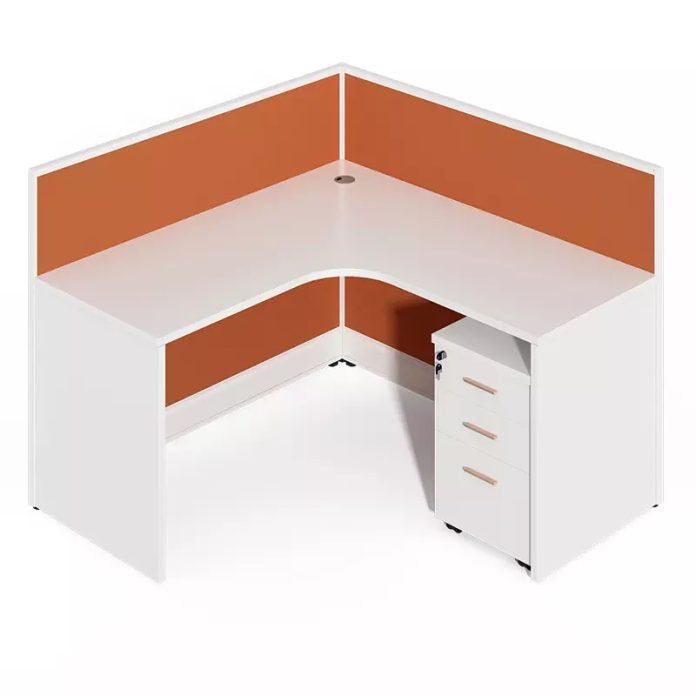If you’re relocating your office, adapting to a different-sized workspace, or simply aiming to optimize your current layout, investing in new office cubicles and furniture might be necessary. However, there are several effective strategies to save money on office cubicle elements while enhancing the layout, boosting employee satisfaction, and increasing overall productivity. It’s important to note that constructing traditional wall offices typically incurs higher costs compared to implementing an open-plan floor plan featuring office cubicles. Wall offices also demand more space than their apparent size due to the thickness of walls and the extra room needed for hallways. On the other hand, office cubicles enable you to accommodate more employees in smaller areas without compromising their personal space.
Starting your floor plan with standard 8’x8’ office cubicles is a practical approach, but this doesn’t mean your employees will have to endure cramped or uncomfortable workstations. Modern office design offers various ways to maximize the available space, potentially providing even more room for work within smaller cubicles. The evolution of technology has played a crucial role in this shift. The era of bulky computers with large monitors is fading, replaced by slim flat-panel displays and lightweight laptops. Consequently, the desk space dedicated to these devices in office cubicles has shrunk significantly, allowing for more efficient use of space.
Moreover, many offices are transitioning towards paperless operations. This shift drastically reduces the need for physical storage space such as filing cabinets and hanging folders within individual cubicles. Traditional cubicles often featured bulky storage units, including three-drawer filing cabinets and overhead compartments, to accommodate paper documents. Today, with digital file storage becoming the norm, you can reassess and reduce the space allocated for physical document storage, streamlining your cubicle design.
When evaluating your employees’ current office cubicles, you might observe fewer stacks of paperwork and more open, uncluttered areas. While it remains important to limit personal items in the workspace, ensuring that no office space is wasted is equally critical. Employees tend to spread out and occupy the entire desk surface—even if much of it remains unused. To optimize space and reduce costs, consider scaling back on the number of furniture pieces in each cubicle, such as removing one overhead bin or a drawer. This not only saves money but also encourages a more organized and efficient environment, contributing to happier and more productive employees.
Additionally, if you want to explore further information about Unique Office Furniture That’ll Keep Employees Happy, be sure to visit our comprehensive Interior design category for expert advice, product guides, and the latest trends in office design and furniture solutions.
In today’s fast-evolving workspace dynamics, flexible office cubicles offer unparalleled adaptability to meet various business needs. Modular designs allow companies to reconfigure layouts quickly as team sizes fluctuate or as new departments are introduced, eliminating the costs and downtime associated with traditional office renovations. Furthermore, modern cubicles integrate ergonomic features and technology-friendly attributes, such as built-in cable management and adjustable desks, that promote employee well-being and enhance workplace efficiency. By investing in versatile, space-saving office cubicles, businesses can create a collaborative environment that nurtures innovation while maximizing the use of available real estate, all without the financial burden of extensive construction.

























